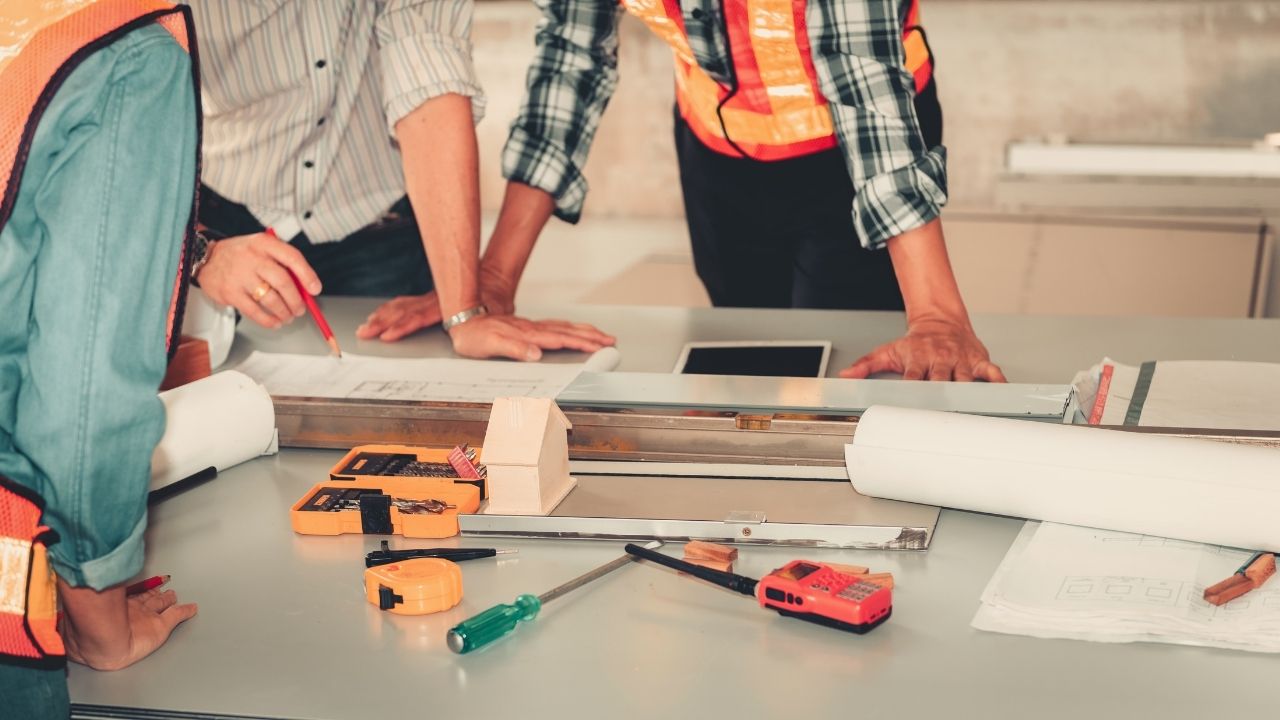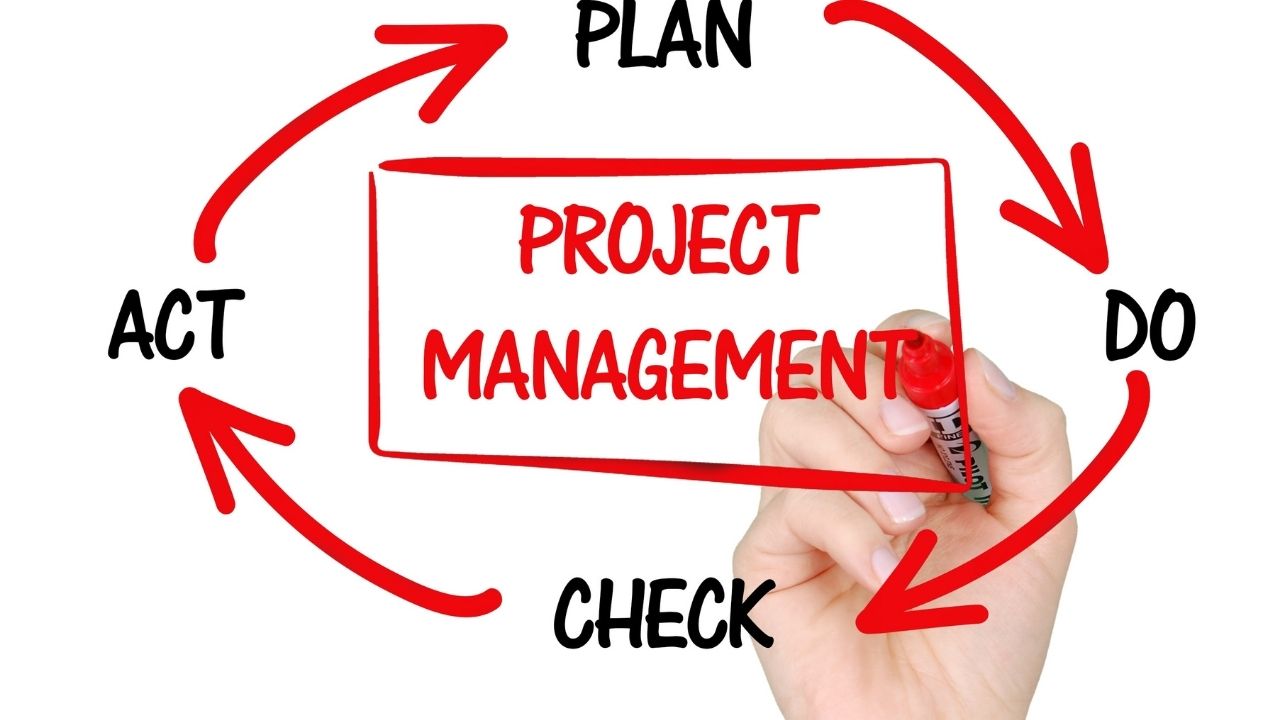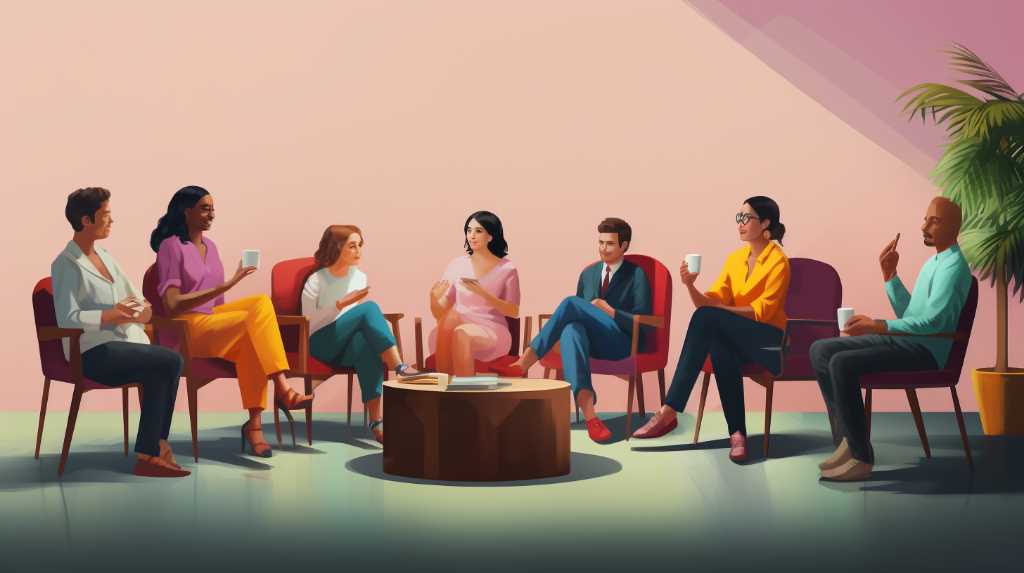Navigate conflicts in your web design projects can be difficult soi n this article, we will explore effective strategies for resolving disagreements with professionalism. Discover common sources of conflict, understand different perspectives and goals, and learn how to communicate effectively. By establishing a collaborative and respectful work environment, implementing mediation techniques, and finding win-win solutions, you can address conflicts head-on and improve future design processes.
Don't let conflicts hinder your progress - take control and resolve them with professionalism.
Key Takeaways
- Differing design preferences and unrealistic client expectations are common sources of conflict in web design projects.
- Understanding different perspectives and goals, as well as balancing them, leads to effective compromise in resolving disagreements.
- Effective communication strategies, such as active listening and using 'I' statements, are crucial for resolving conflicts in web design projects.
- Establishing a collaborative and respectful work environment, where everyone feels heard and valued, promotes effective conflict resolution in web design.
Common Sources of Conflict in Web Design Projects
You may encounter common sources of conflict in web design projects, such as differing design preferences and miscommunication. One of the main sources of conflict is client expectations. Sometimes, clients may have unrealistic expectations about what can be achieved within a given budget or timeline. They may want complex features or extensive design changes that are not feasible within the project constraints. This can lead to disagreements and frustration between the client and the web designer.
Another common source of conflict is project timelines. Clients often have strict deadlines and expect the project to be completed within a specific timeframe. However, unforeseen challenges, technical difficulties, or changes in scope can cause delays, resulting in conflicts regarding the project timeline.
Effective communication and setting realistic expectations can help mitigate these conflicts and ensure a smoother web design process.
Understanding Different Perspectives and Goals
When it comes to collaborating on web design projects, it's important to recognize that perspective diversity can actually benefit your team. By having individuals with different backgrounds and viewpoints, you can foster a more creative and innovative environment.
Additionally, finding a balance between different goals and objectives can lead to effective compromise, allowing everyone's ideas to be heard and considered. And finally, practicing empathy towards your colleagues can greatly improve understanding and communication, leading to smoother collaboration and better end results.
Perspective Diversity Benefits Collaboration
Having a diverse range of perspectives benefits collaboration in web design by bringing together different ideas and insights. When you foster creativity through diverse perspectives, you encourage fresh and innovative approaches to problem solving.
Each person's unique background and experiences contribute to a richer and more comprehensive understanding of the project at hand. This diversity enhances problem-solving skills as it promotes critical thinking and the ability to consider multiple solutions.

By embracing different perspectives, you create an environment that values individual contributions and encourages open dialogue. This fosters a sense of inclusivity and respect, allowing team members to feel comfortable sharing their ideas and opinions.
Ultimately, collaboration driven by diverse perspectives leads to more well-rounded and effective web design solutions. So, embrace the diversity and reap the benefits it brings to your collaborative efforts.
Balancing Goals Fosters Compromise
Balancing goals fosters compromise, which allows for a more collaborative and productive team dynamic. When working on a web design project, it is essential to find a middle ground when faced with conflicting priorities.
As a team member, you need to consider the different perspectives and goals of your colleagues. By actively listening and engaging in open communication, you can identify common objectives and work towards a solution that satisfies everyone involved.
This requires flexibility and a willingness to make concessions.
It may mean adjusting your own priorities or finding creative ways to meet multiple goals simultaneously.
Empathy Improves Understanding
To improve understanding within your team, it's important to empathize with your colleagues and consider their perspectives. By practicing empathy, you can build stronger relationships and foster a more harmonious work environment.
When conflicts arise, it's crucial to approach them with a mindset of understanding and compassion. One effective conflict resolution technique is active listening. Take the time to listen attentively to your colleagues' concerns and opinions without interrupting or judging. This shows that you value their input and are genuinely interested in finding a solution.
Another technique is to put yourself in their shoes and try to see things from their perspective. This helps you gain a deeper understanding of their point of view and can lead to more effective problem-solving.
Effective Communication Strategies for Resolving Disagreements
When resolving disagreements in web design, you should focus on using effective communication strategies to address the issue professionally. Communication barriers can often arise when working collaboratively on web design projects. These barriers may include misinterpretation of messages, lack of clarity, or differences in communication styles. To overcome these barriers, it is important to employ conflict resolution techniques that promote open and honest communication.

Active listening is a key technique that involves fully understanding the other person's perspective and validating their feelings. Additionally, using 'I' statements can help express your concerns without sounding accusatory.
Seeking common ground and finding mutually beneficial solutions can also aid in resolving disagreements.
Establishing a Collaborative and Respectful Work Environment
When it comes to collaboration, effective communication strategies play a crucial role in fostering a productive work environment. By utilizing active listening and open dialogue, you can ensure that ideas flow freely and everyone feels heard.
Additionally, building mutual respect among team members helps to create a supportive atmosphere where everyone's contributions are valued.
Communication Strategies for Collaboration
If you want to effectively collaborate in web design, you'll need to use communication strategies that promote open dialogue and understanding. Collaborative problem solving is essential in web design, as it allows team members to work together to find solutions that meet everyone's needs.
Active listening is also crucial, as it helps you understand the perspectives and concerns of your teammates. When engaging in collaborative problem solving, make sure to actively listen to others' ideas and opinions. This means giving them your full attention, asking questions for clarification, and summarizing their points to ensure you understand correctly.
Building Mutual Respect
Now that you've learned about effective communication strategies for collaboration, let's focus on building mutual respect among team members. Building trust and promoting teamwork are essential for successful conflict resolution in web design. When team members trust and respect each other, they are more likely to listen, understand, and find common ground during disagreements.
To build trust, be open and honest in your communication, actively listen to others' perspectives, and demonstrate empathy towards their ideas and concerns. Encourage collaboration and create a safe environment where everyone feels comfortable expressing their opinions.
Implementing Mediation Techniques to Facilitate Resolution
Implementing mediation techniques can help facilitate resolution in web design conflicts. When disagreements arise in the web design process, it is important to have effective conflict resolution strategies in place. Mediation techniques provide a structured approach to address conflicts and find mutually agreeable solutions.
By employing these techniques, you can create an environment that encourages open communication and collaboration between team members. Mediation allows all parties involved to express their concerns and perspectives, fostering a sense of understanding and empathy.

It helps to identify the underlying issues causing the conflict and guides the discussion towards finding a resolution that satisfies everyone's needs. Mediation techniques such as active listening, reframing, and brainstorming can help generate creative solutions and build consensus.
Strategies for Compromise and Finding Win-Win Solutions
To find win-win solutions and achieve compromise in your web design conflicts, it is crucial to approach the situation with a willingness to listen and understand the perspectives of all parties involved. When faced with disagreements, employing strategies for negotiation and finding common ground can help you reach a resolution that satisfies everyone.
Start by identifying the underlying interests and concerns of each party. Look for areas where their goals align and explore potential solutions that meet these shared objectives. Actively engage in open and honest communication, expressing your own needs and concerns while also valuing and respecting the perspectives of others.
Seek creative alternatives that address the different viewpoints and strive for a solution that benefits all stakeholders. By employing these strategies, you can foster a collaborative environment where compromise and win-win solutions can be achieved in your web design conflicts.
Learning From Conflict and Improving Future Design Processes
You can reflect on conflicts in your web design process and use them as learning opportunities to improve future design processes. Conflict within a team is inevitable, but it doesn't have to hinder progress. In fact, understanding and addressing conflicts can lead to improved team dynamics and more successful projects.
When conflicts arise, it is important to employ effective conflict resolution techniques. Active listening, open communication, and empathy are key in resolving disagreements. By actively listening to each team member's concerns and perspectives, you can gain a deeper understanding of the issue at hand.
Open communication allows for the exchange of ideas and promotes collaboration. Empathy helps create a supportive environment where team members feel heard and understood.
Frequently Asked Questions
How Can Conflicts in Web Design Projects Be Effectively Resolved?
To effectively resolve conflicts in web design projects, you should practice collaborative problem-solving and active listening. By working together and truly hearing each other's perspectives, you can find professional solutions to disagreements.
What Are Some Common Sources of Conflict in Web Design Projects?
Common sources of conflict in web design projects include disagreements over design aesthetics and resource allocation. These issues can arise when team members have different visions for the project or conflicting priorities for allocating time and resources.
How Can Understanding Different Perspectives and Goals Help in Resolving Disagreements in Web Design?
Understanding different perspectives and goals is crucial in resolving web design disagreements. It benefits conflict resolution by promoting empathy and allows for effective techniques to be employed.

What Are Some Effective Communication Strategies That Can Be Used to Address Conflicts in Web Design?
Building effective communication is crucial in conflict resolution strategies. By actively listening, expressing your thoughts clearly, and finding common ground, you can address conflicts in web design with professionalism and reach a resolution.
How Can Mediation Techniques Be Implemented to Facilitate Resolution in Web Design Projects?
To implement mediation techniques for conflict resolution in web design projects, you can start by understanding the importance of active listening and open communication. By facilitating constructive discussions, you can find mutually beneficial solutions and maintain professionalism.
Conclusion
In conclusion, conflict is bound to arise in web design projects, but how you handle it can make all the difference. By understanding different perspectives and goals, practicing effective communication, and fostering a collaborative work environment, you can address disagreements with professionalism.
Implementing mediation techniques and finding win-win solutions can also help resolve conflicts. Remember, learning from conflict and improving your design processes will ultimately lead to more successful and harmonious projects in the future.
So, embrace conflict as an opportunity for growth and strive for effective conflict resolution in your web design endeavors.

